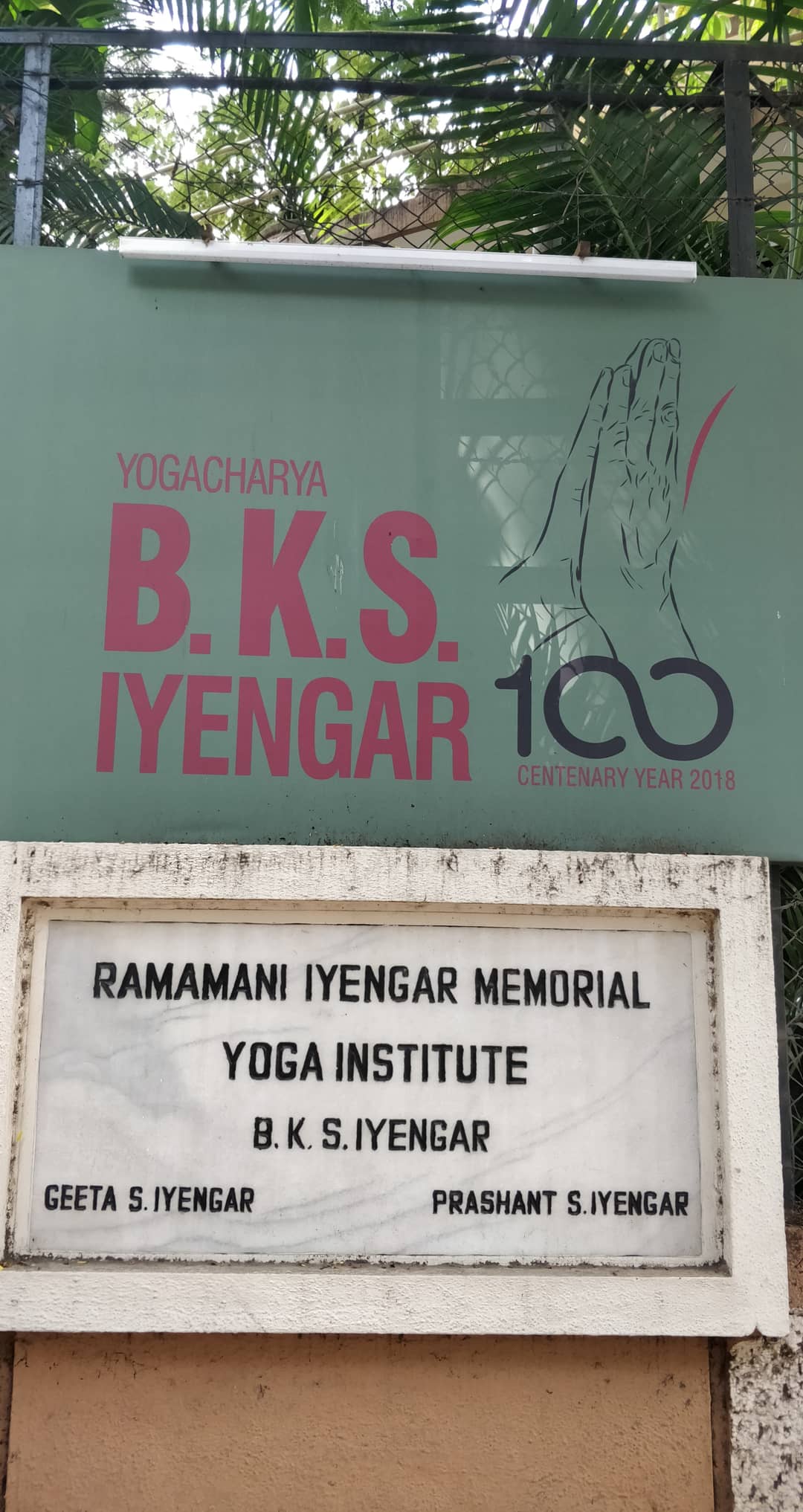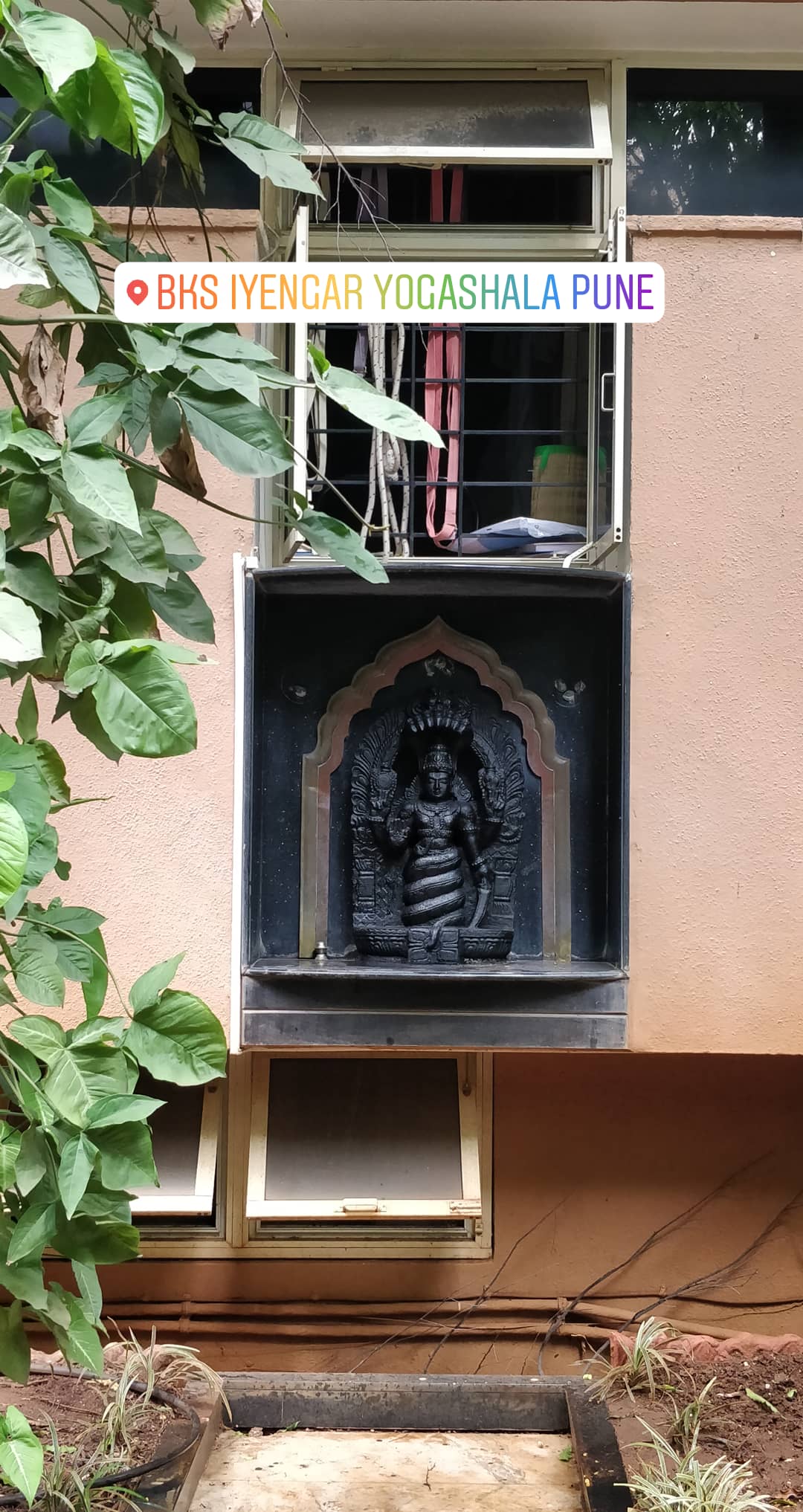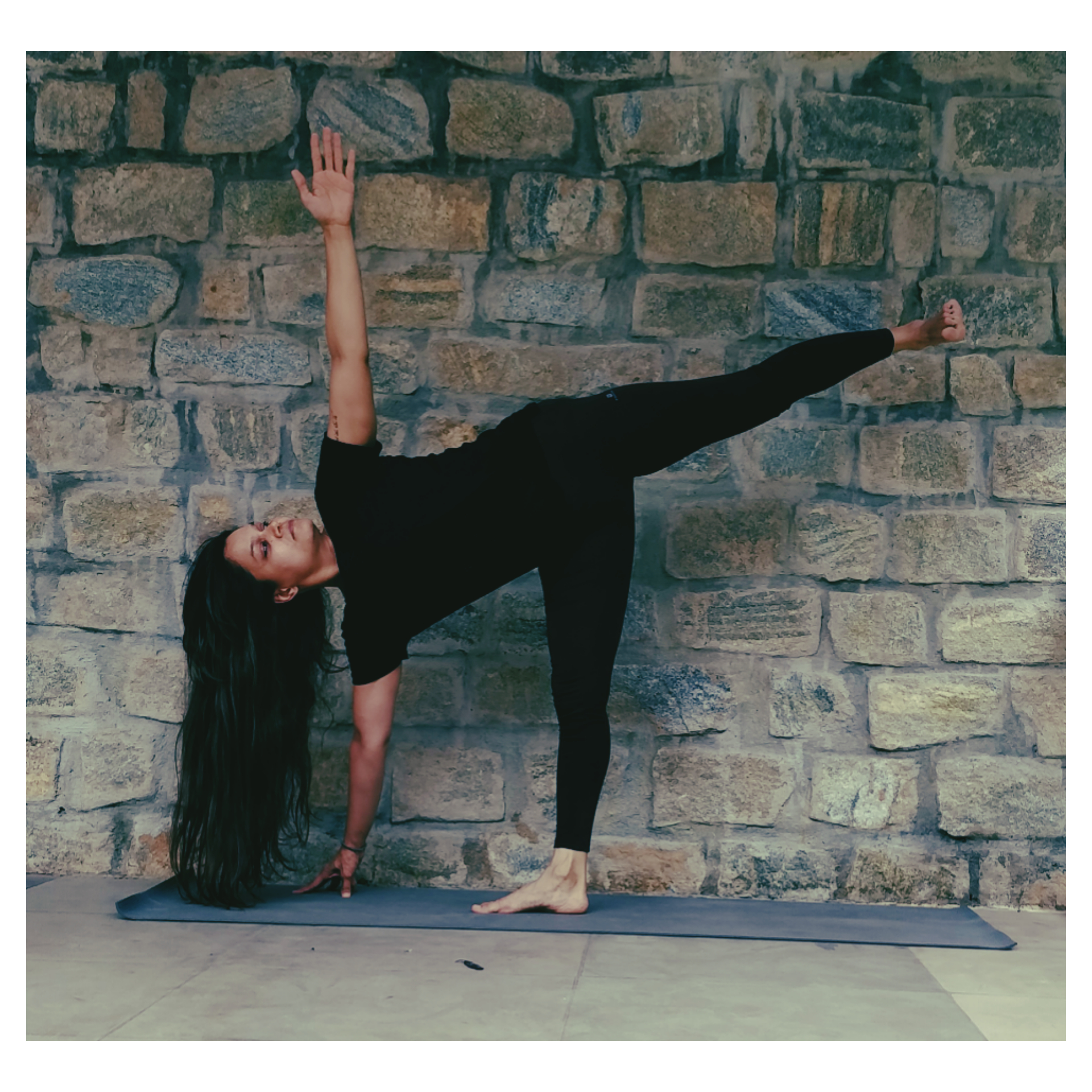 While registering for classes yesterday I had specially asked to be in one of Gulnaz’s classes. I was unable to attend class with her last year. But during my first year here, her classes were the highlight of my schedule. She’s energetic, spry, proficient, kind, shrill, entertaining and an overall awesome person. And I’m glad that I started my month at RIMYI with one of her classes.
While registering for classes yesterday I had specially asked to be in one of Gulnaz’s classes. I was unable to attend class with her last year. But during my first year here, her classes were the highlight of my schedule. She’s energetic, spry, proficient, kind, shrill, entertaining and an overall awesome person. And I’m glad that I started my month at RIMYI with one of her classes.
————————————————————————————————————————————-
We finally rolled out of the Halasana and lay there for some time, recuperating.
It had been a pretty challenging class. We worked on shoulder opening and rotation. We went through Trikonasana, Virbhadrasana, Parsvakonasana, Ardhachandrasana.
And finally the Sirsasana, Sarvangasana and Halasana cycle (where I got screamed at for using a blanket where none was required).
So when we were asked to roll our mats out again, all of us breathed a sigh of relief and sat down.
‘Urdhvahastasana!’ We lifted our arms up.
Gulnaz looked at us with a slight smile playing on her lips and told us to stand up and do the Urdhvahastasana. A couple of us groaned as we stood up.
‘From here go into the Sarvangasana.’
She was expecting my puzzled look and with a twinkle in her eye said, ‘Yes! From here go into Sarvangasana.’ And went on to show us. From a standing position she rolled back into the Sarvangasana and then rolled forward into standing Urdhvahastasana. Watching a teacher demonstrate some things makes them easier, but 10 reps of this move had most of us breathless. I was glad to sit down and let other people have a go at it.
Until Gulnaz walked by again and said, “Chal chal, aise kya baithi hai?! Phir se kar. Do another 10!”
I love it when a teacher gets so involved in a class that their energy seems to touch every single student in the class. A student ceases to be just another body to be taught to move. Instead, the student becomes another soul to guide and mold. That’s when a class actually has an impact on you. Beyond being able to transition from Urdhvahastasana to Sarvangasana and back again.
I have great memories of Gulnaz from the first time I took a class with her. I recounted it here: https://yogawithpragya.wordpress.com/2016/09/02/a-yogi-in-pune-day-2/
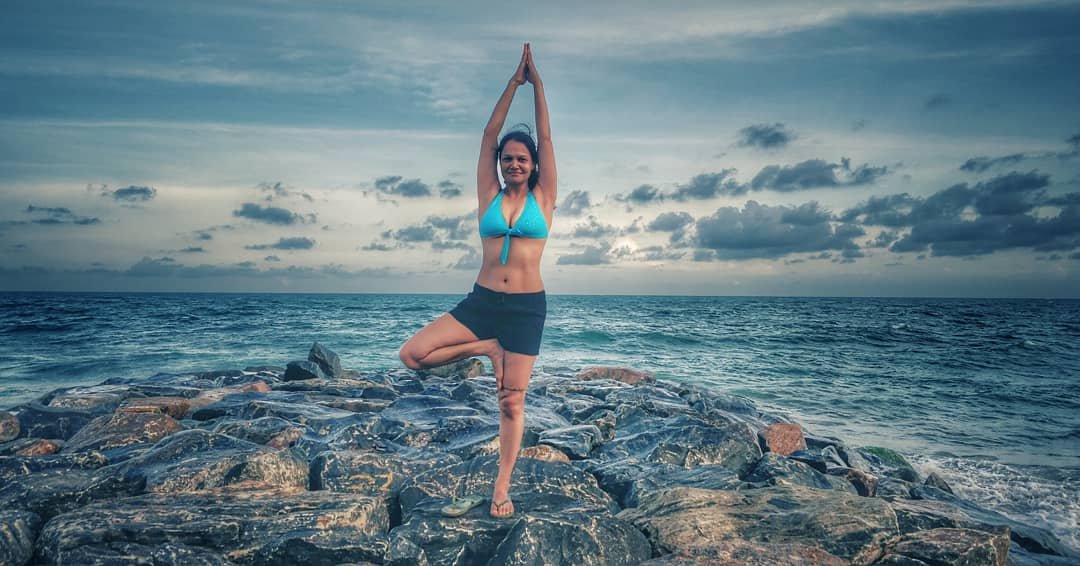
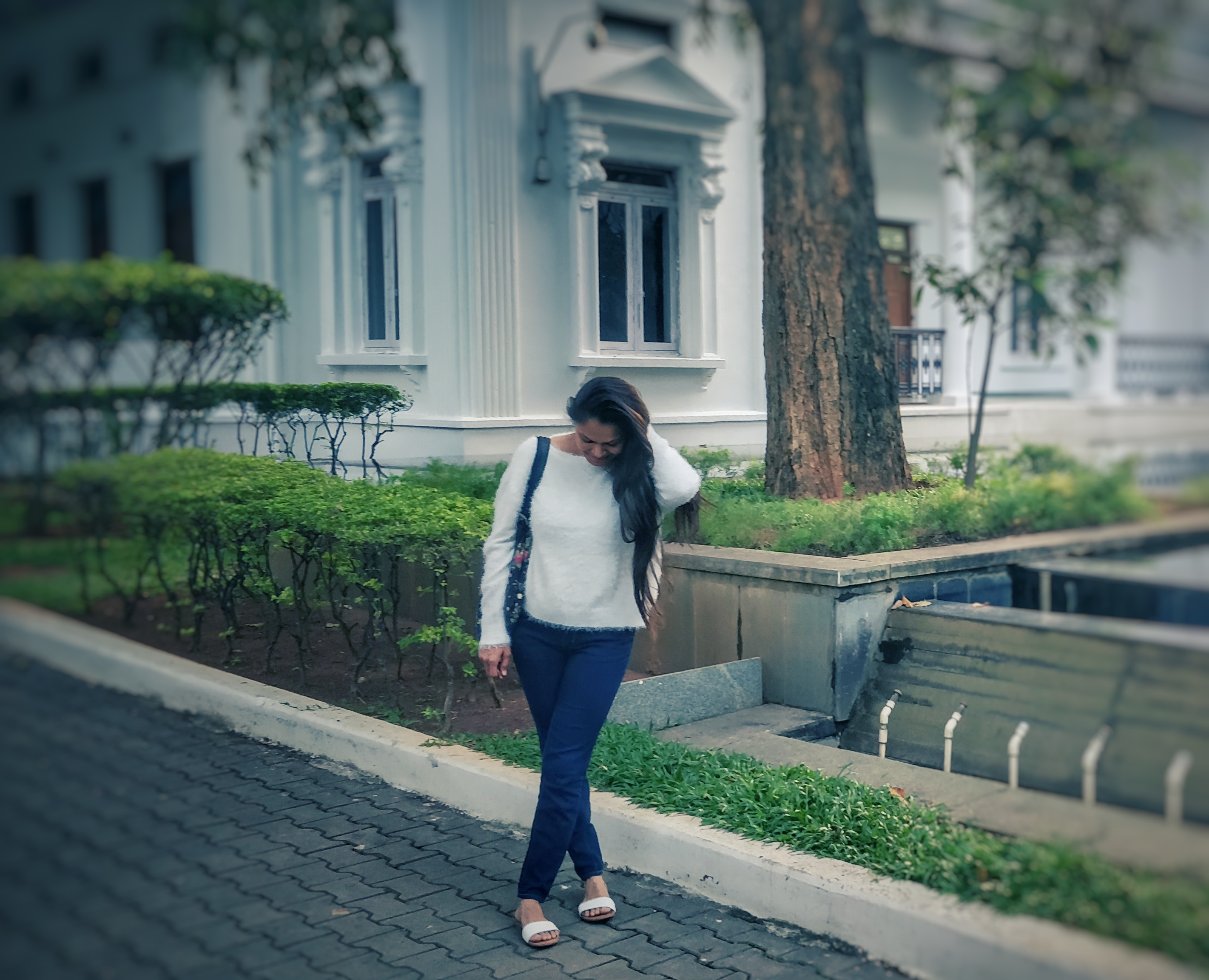
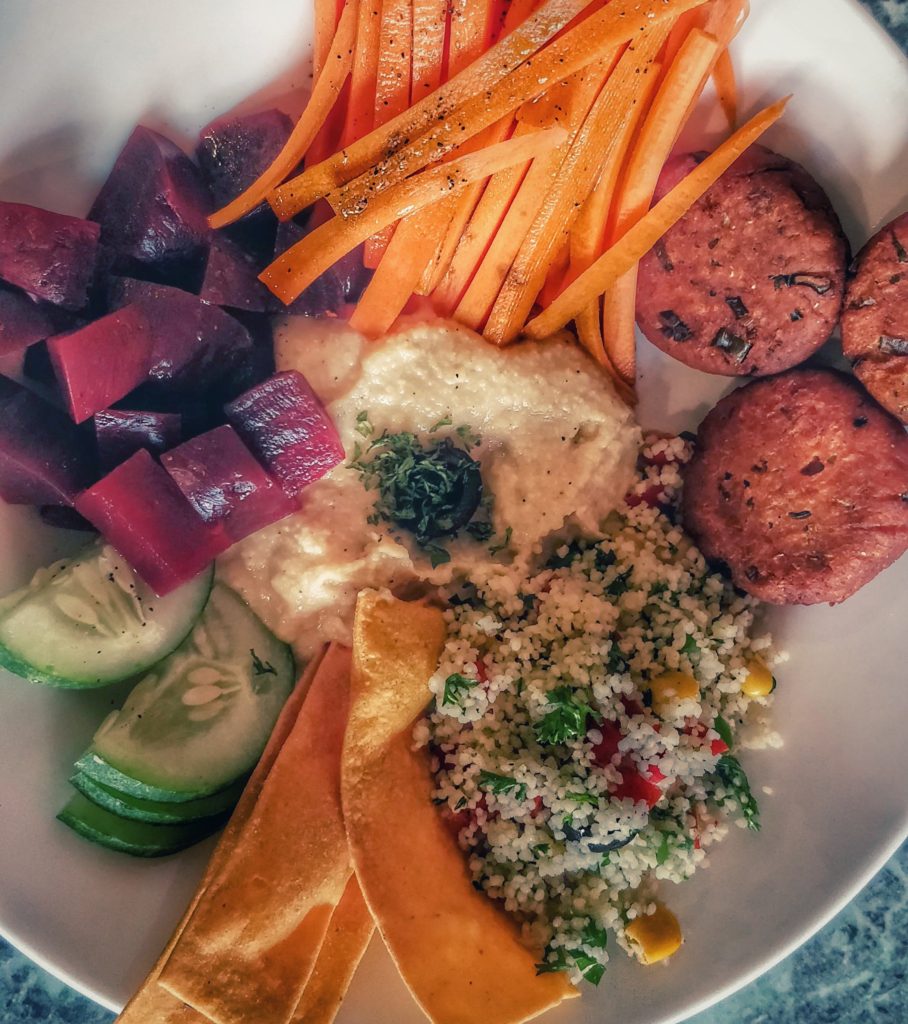
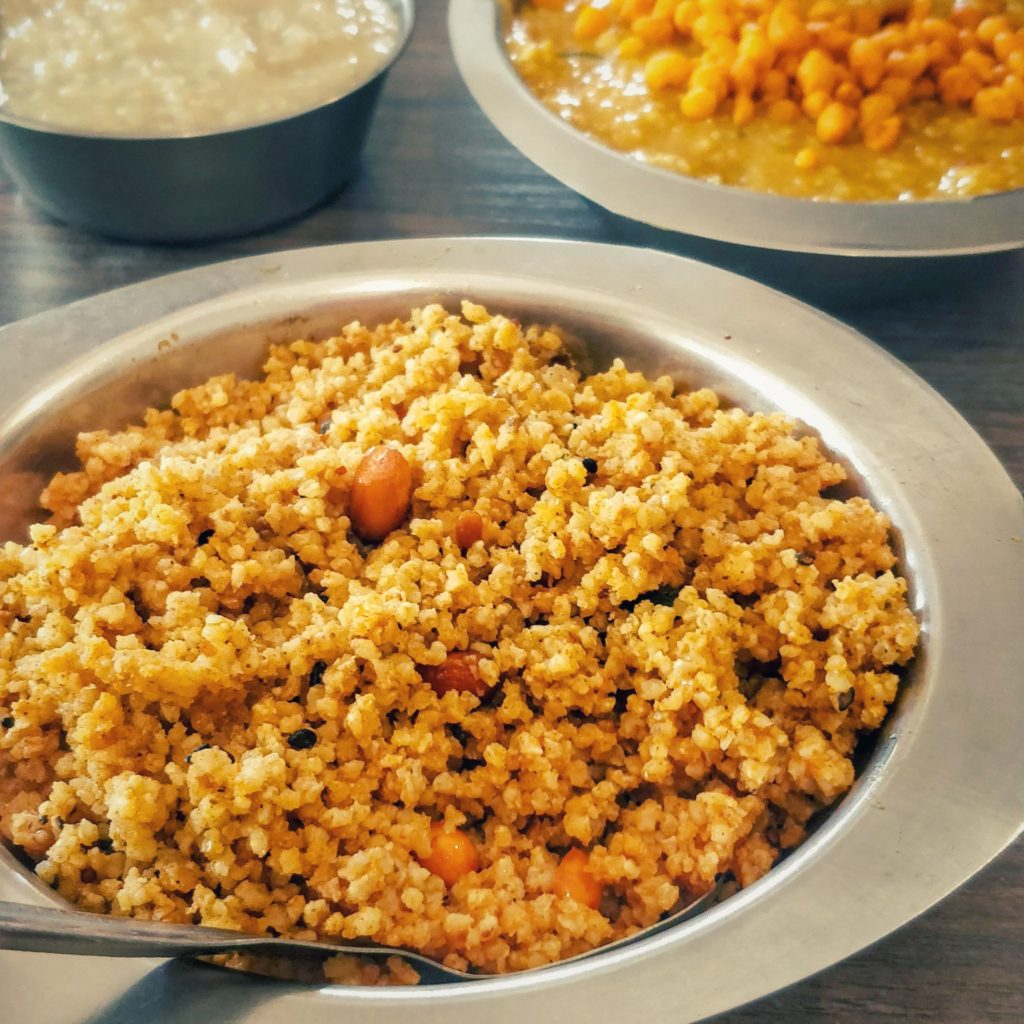
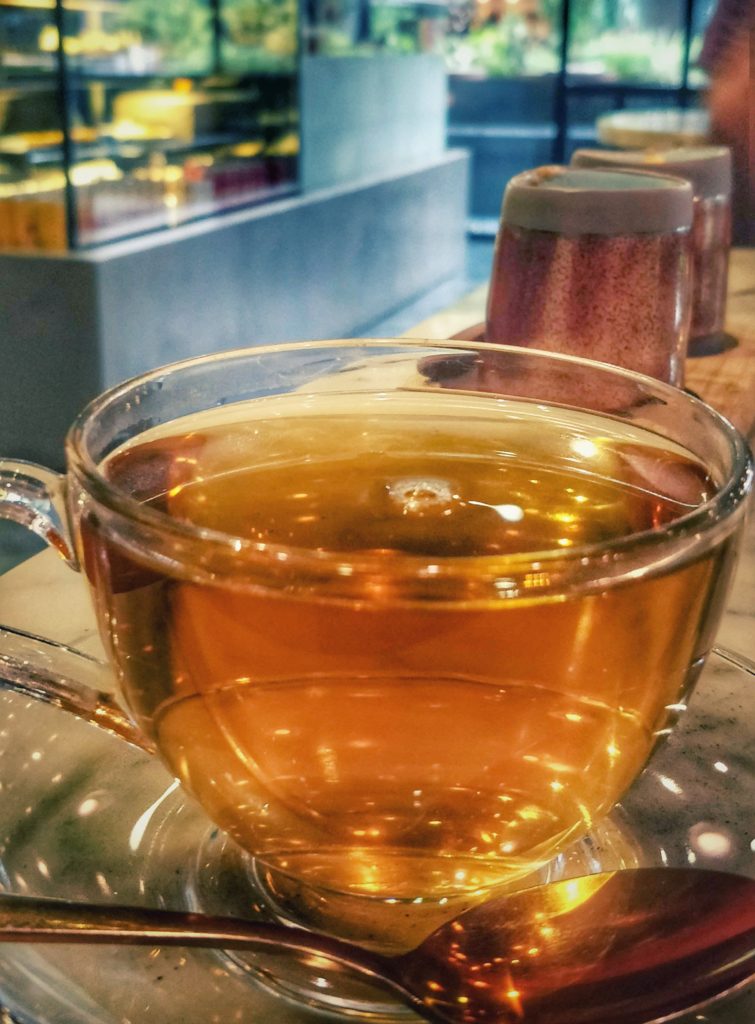
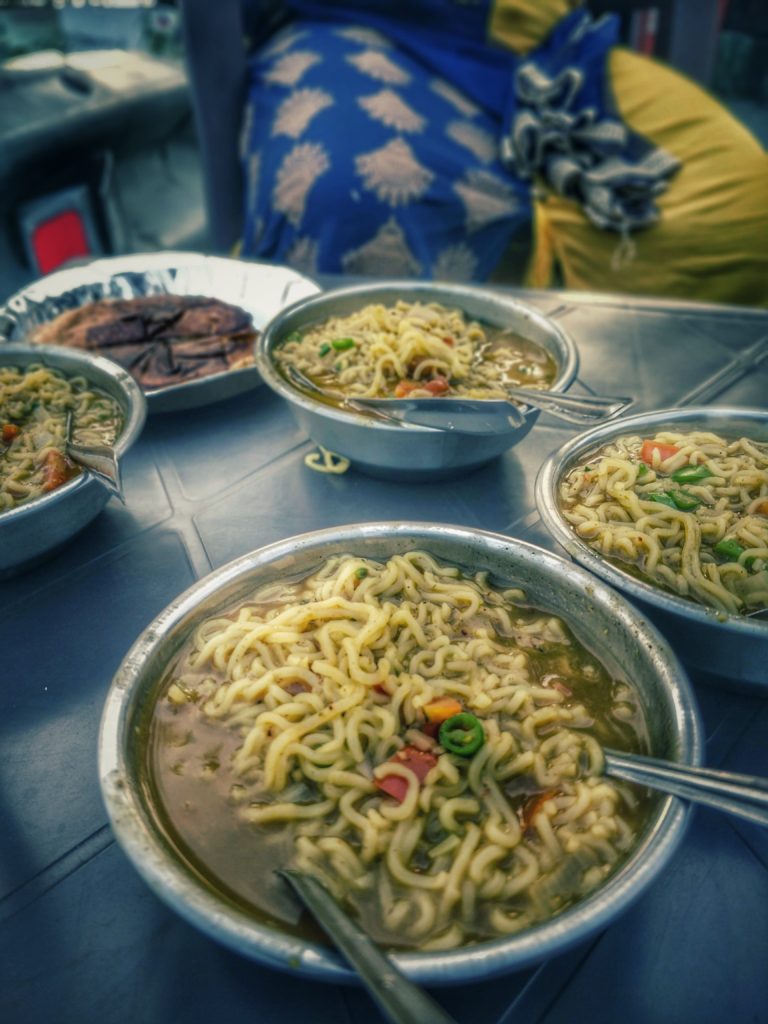
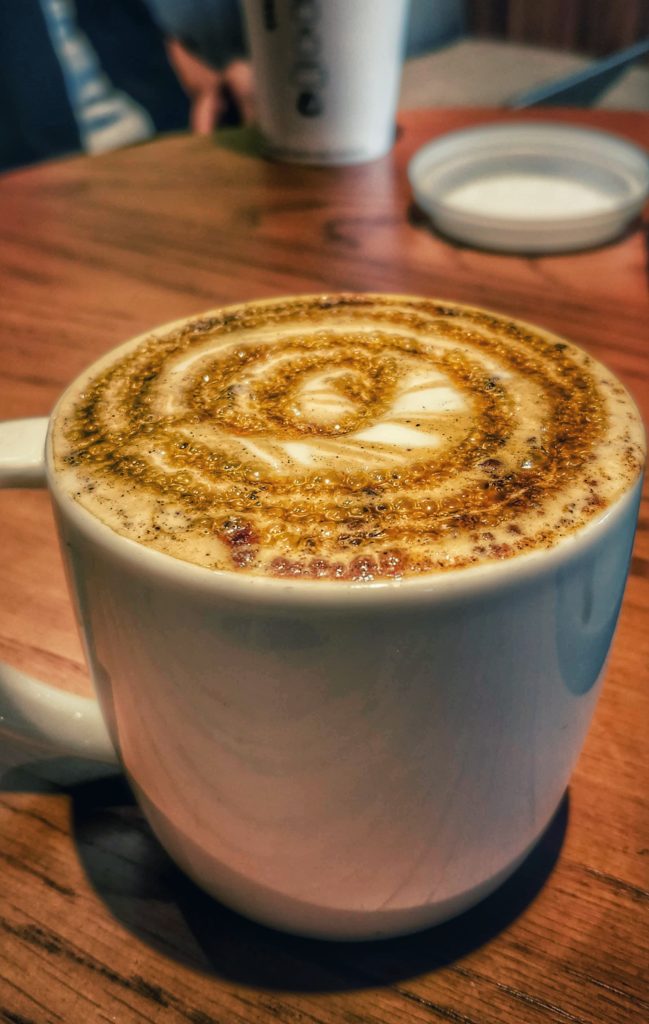
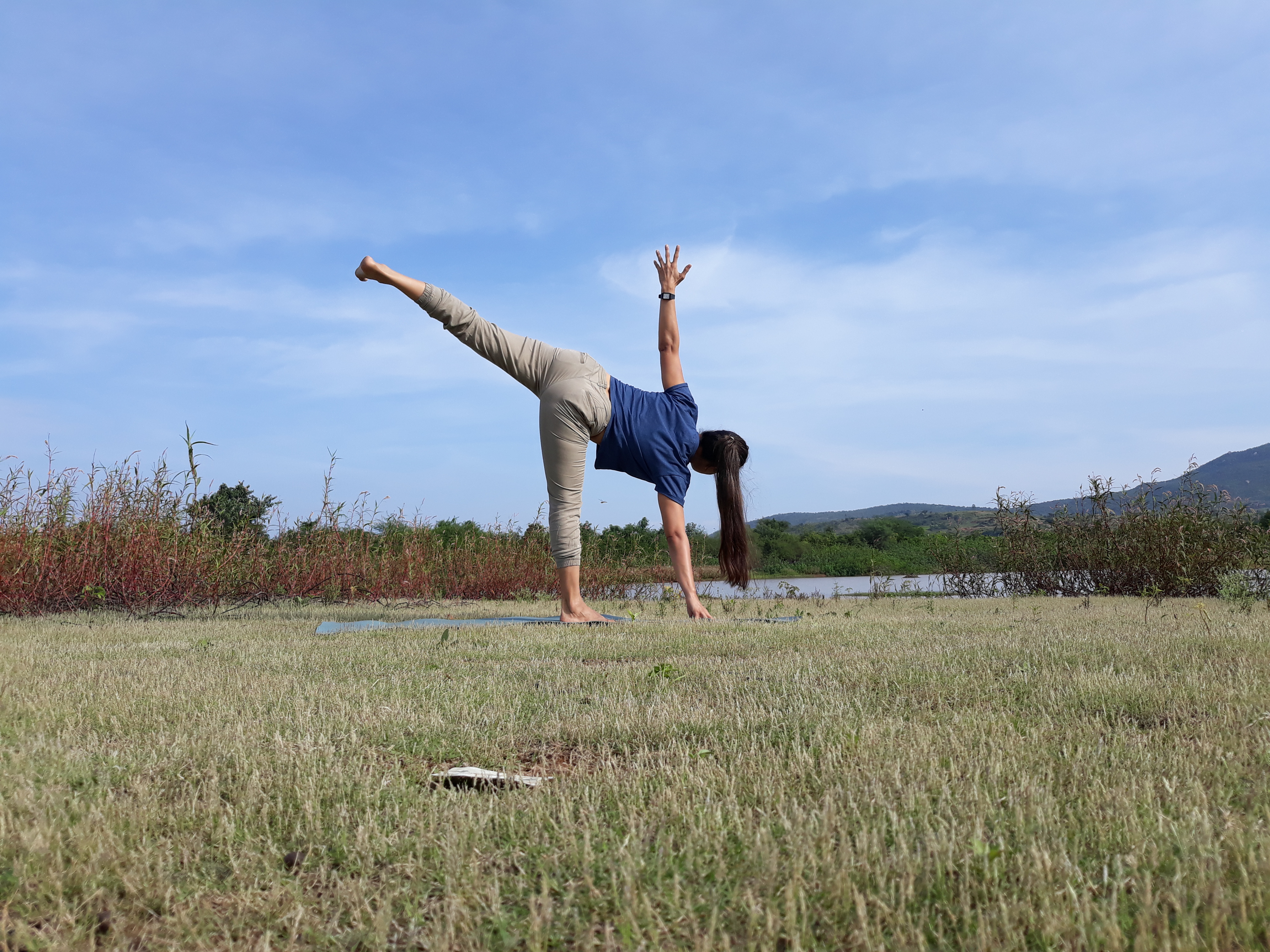
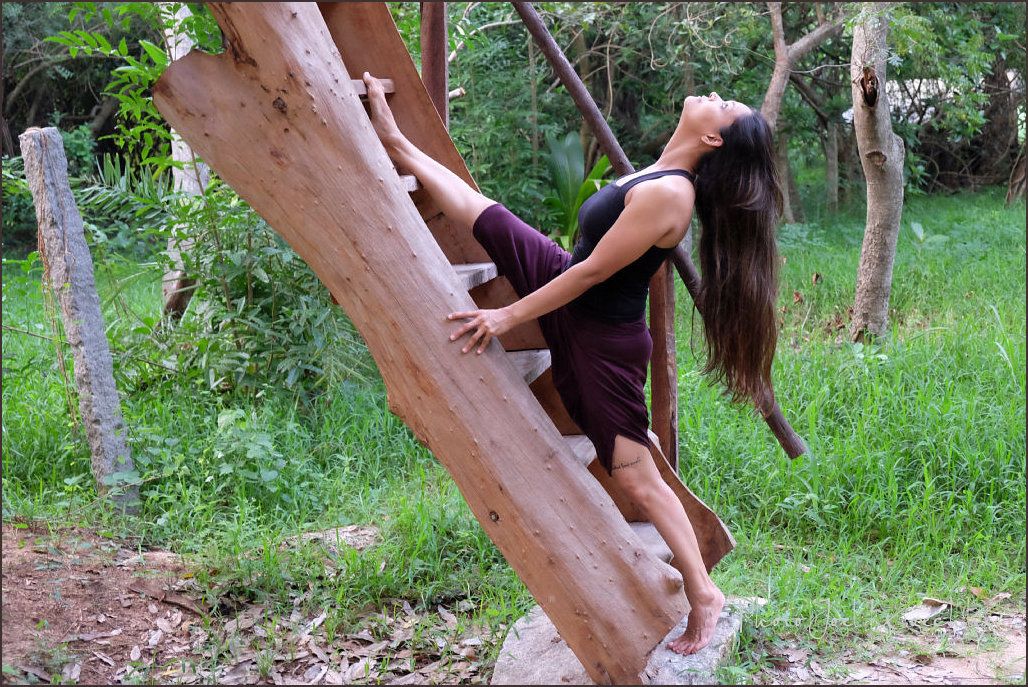
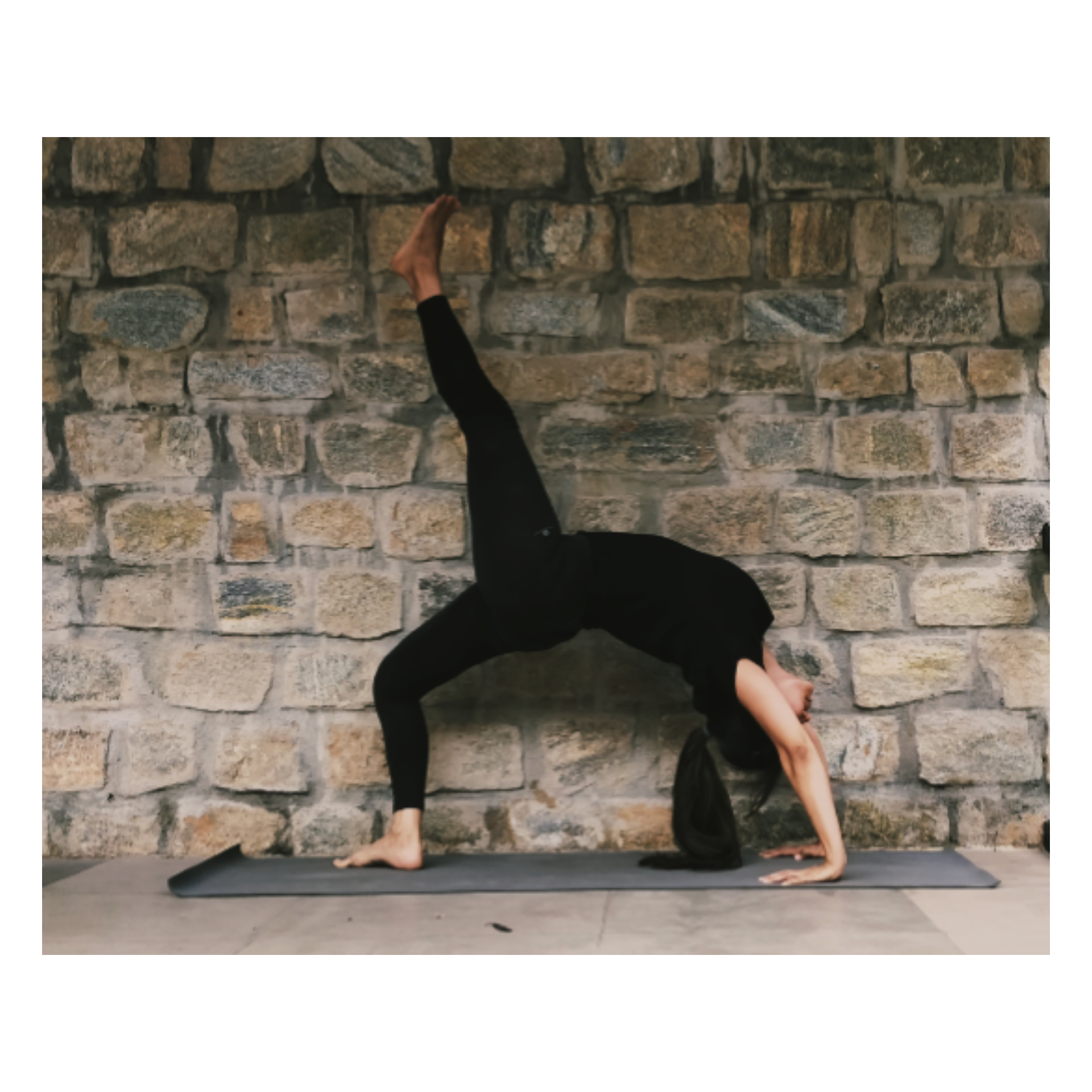
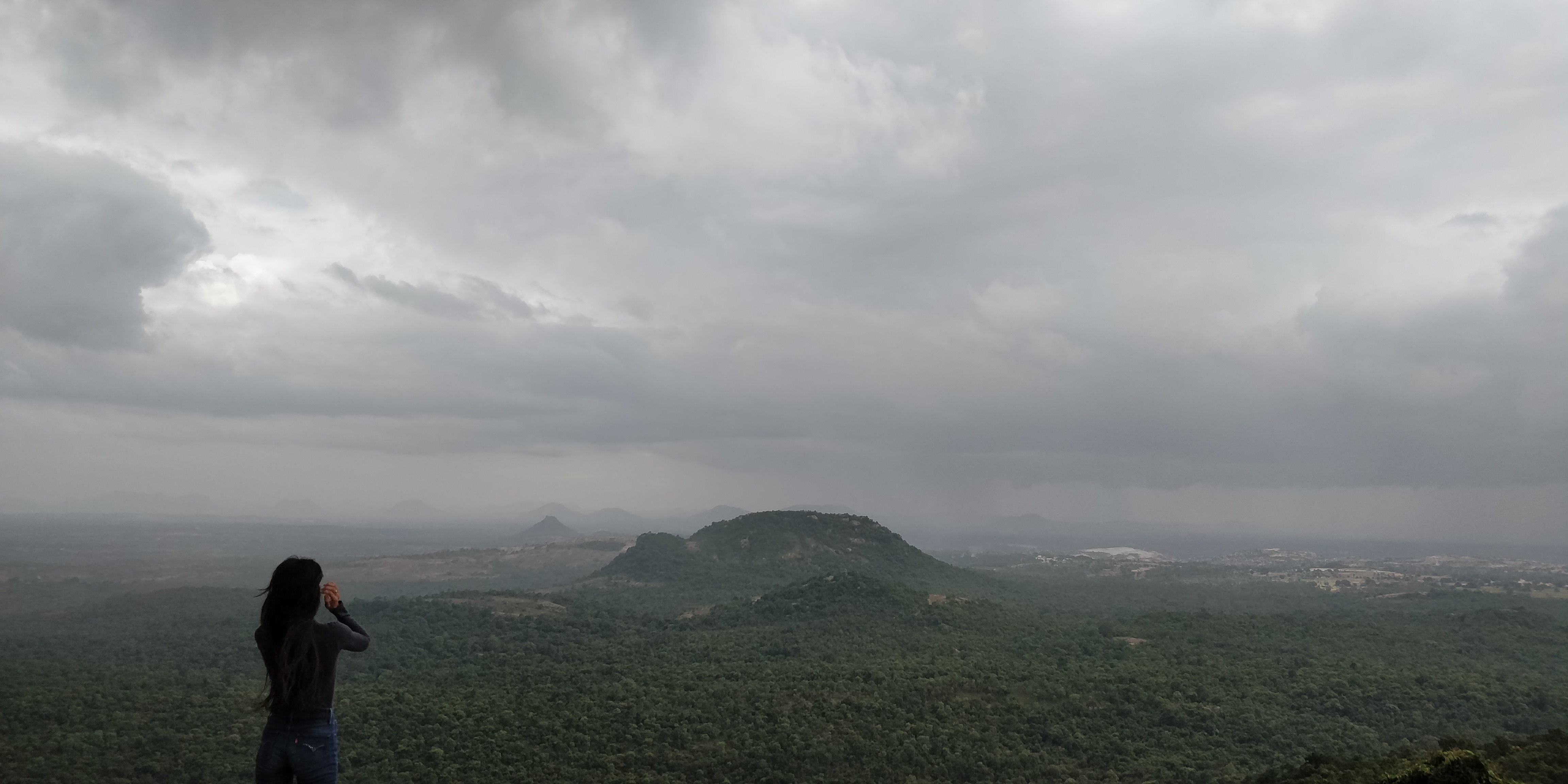
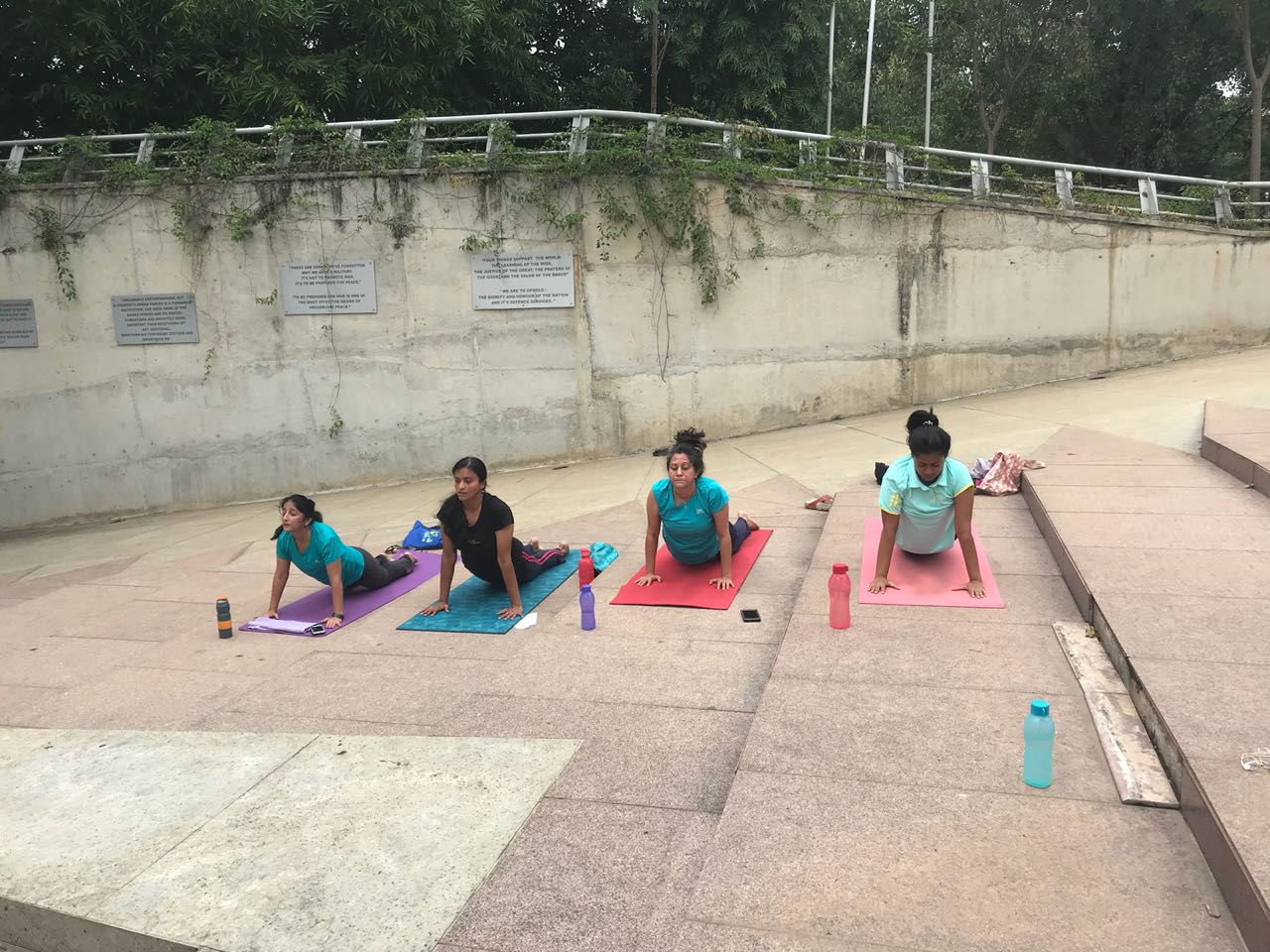
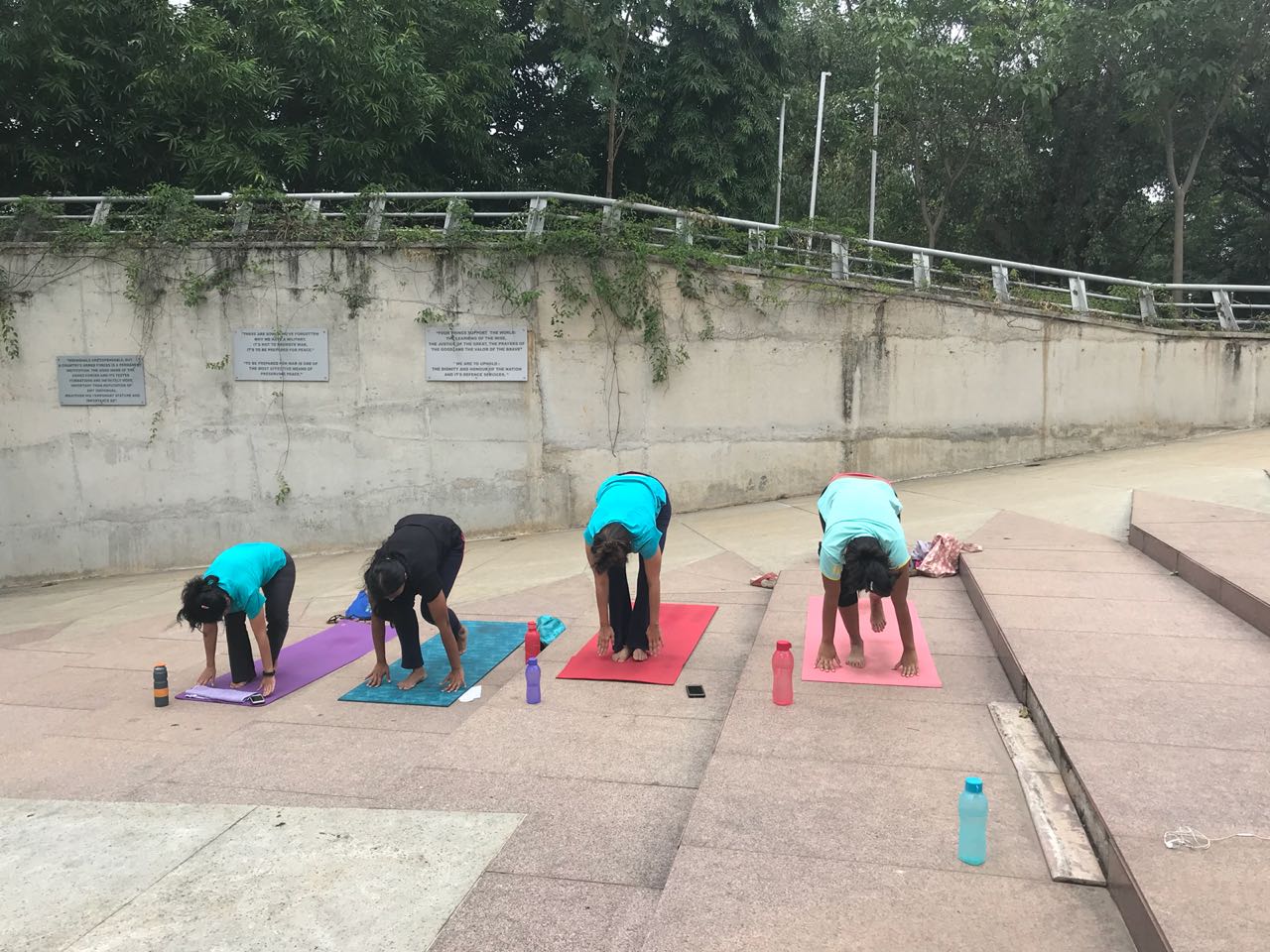
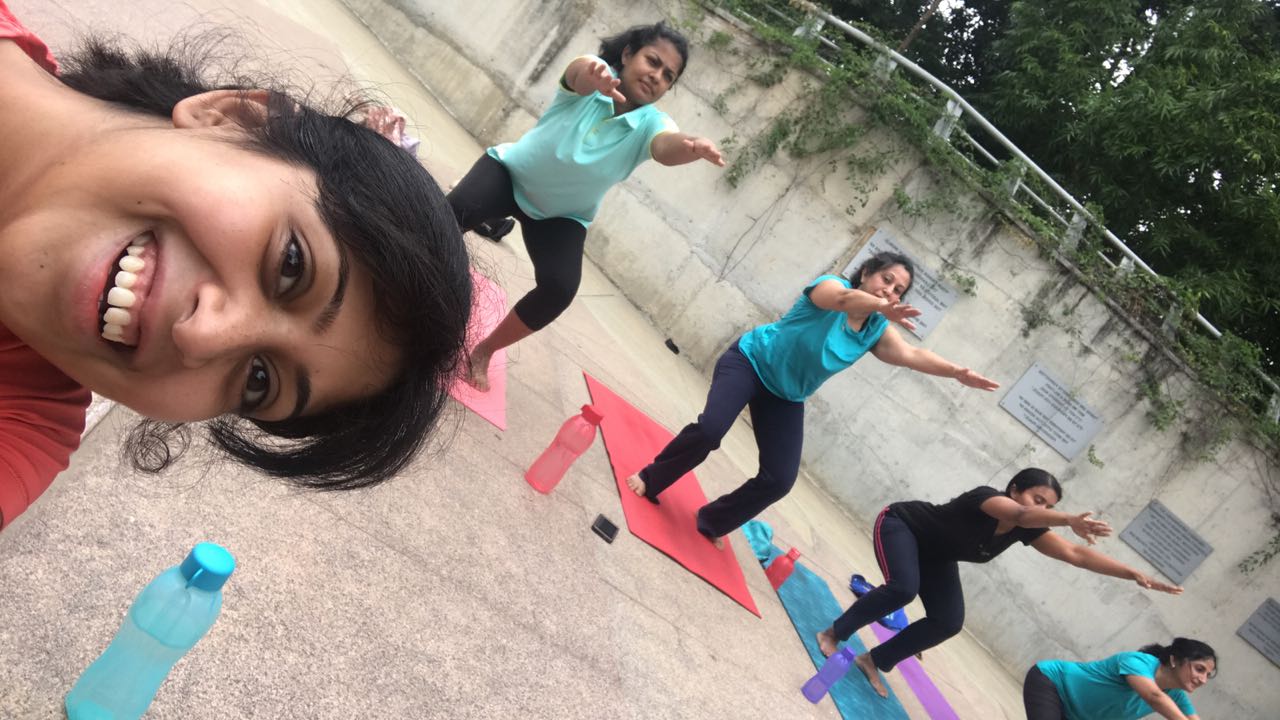
 While registering for classes yesterday I had specially asked to be in one of Gulnaz’s classes. I was unable to attend class with her last year. But during my first year here, her classes were the highlight of my schedule. She’s energetic, spry, proficient, kind, shrill, entertaining and an overall awesome person. And I’m glad that I started my month at RIMYI with one of her classes.
While registering for classes yesterday I had specially asked to be in one of Gulnaz’s classes. I was unable to attend class with her last year. But during my first year here, her classes were the highlight of my schedule. She’s energetic, spry, proficient, kind, shrill, entertaining and an overall awesome person. And I’m glad that I started my month at RIMYI with one of her classes.